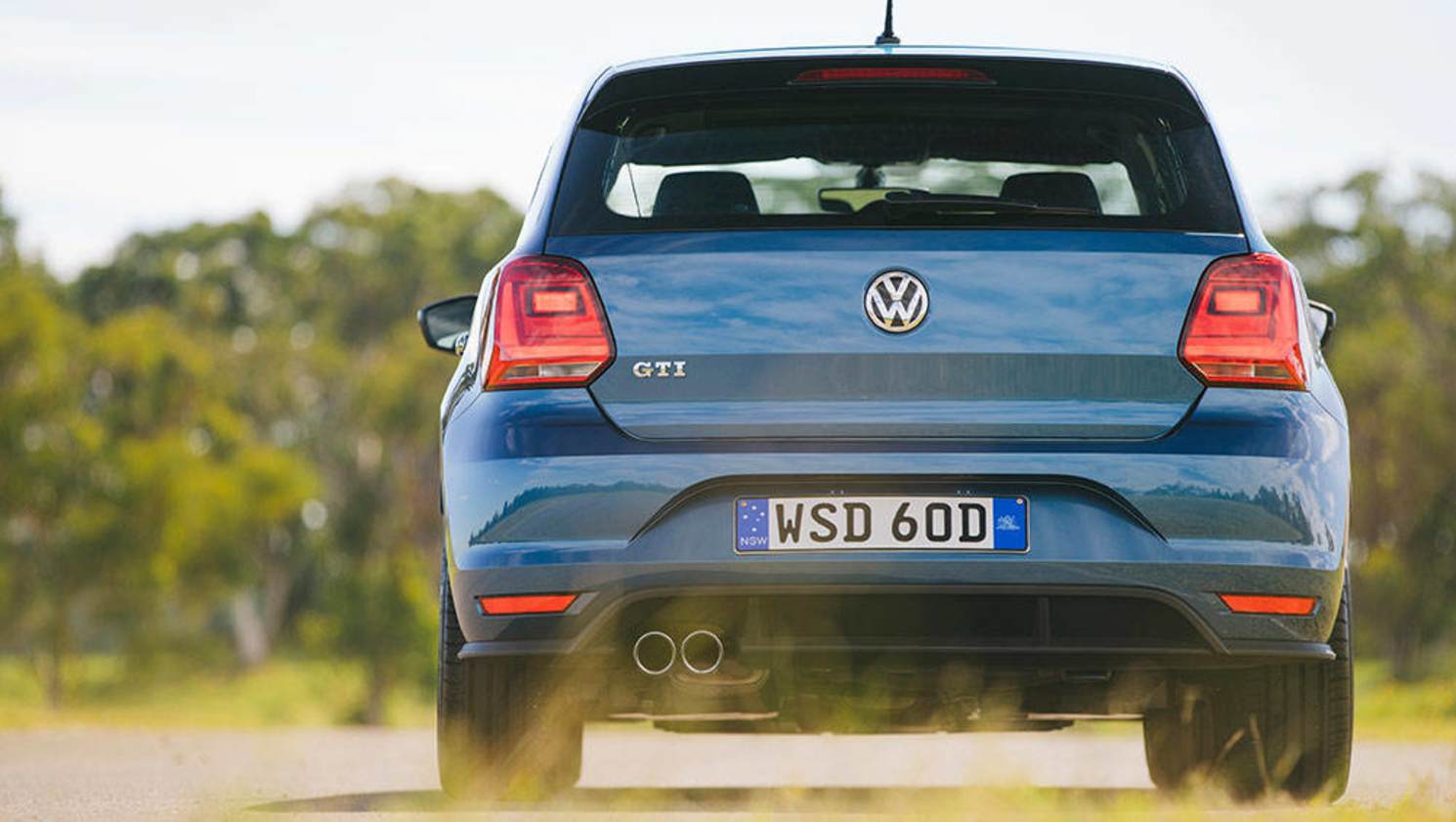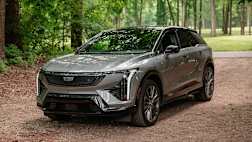When it comes to what's underneath your car, it's pretty easy not to pay much attention, unless it's a traffic cone, a wombat, or the sky.
But, much like flossing, suspension is both tricky to get enthused about and a lot more important than it's given credit for.
Even on a glass-smooth road, car suspension has its work cut out. Traversing a simple bend subjects your undercarriage to severe stresses and strains.
There are a multitude of methods that have been used to keep your wheels under control, with deeply confusing terms like Hotchkiss drive, Watt's link, swing axle, semi-trailing arm and De Dion tube (which sounds like a '60s surf band, but isn't).
As indecipherable as they seem, each is basically a way to make the rear wheels do what you want and prevent them from reacting to cornering and road surfaces in unpredictable and potentially life-threatening ways.
Most of these arcane setups are outmoded these days, thanks to the two predominant methods widely adopted for keeping your car's rear end in check: semi-dependent torsion bars and fully independent suspension systems.
But how do they work, how do they compare and should you consider one over the other when choosing your car?
First things first; what do we mean by independent rear suspension? Well, there are three basic ways to sort out a rear axle.
Dependent
Dependent suspension – also known as a ‘live' axle – is where the wheels are linked to each other in some fashion. In effect, this means that the motion of one wheel causes the other to gambol around and generally misbehave. It's the simplest, oldest and cheapest way of doing things, found on trucks, farm equipment and the 1994 Ford Falcon GLi.
In the '94 Falcon, this caused hilarious amounts of oversteer at the slightest provocation and required a lot of Band-Aid engineering throughout successive models to patch up the live rear axle's shortcomings.
Independent
Keeping the wheels independent of each other but still connected requires more than a bit of tricky engineering
The notion of independent suspension, then, seems like a self-evidently better idea. The motion of each wheel is isolated – independent, if you will – from the other, free to move and react without introducing sympathetic movements on the other side of the car.
Keeping the wheels independent of each other but still connected to the body, brakes and drive shafts requires more than a bit of tricky engineering.
Engineers have tackled this problem with varying degrees of complexity, but the best known are the MacPherson Strut, double wishbone and multi-link systems.
MacPherson strut
As one of the simpler and therefore cheaper options for independent suspension, the MacPherson strut has seen widespread use since its invention back in the 1940s.
Compared to the torsion bar system, the MacPherson strut is both large and expensive. Next to dual wishbone and multi-link systems, the MacPherson offers little in the way of control, isolation or adjustability.
Generally speaking, MacPherson struts have been relegated to the cheaper and more mainstream models, especially those designed for unstressed highway and city use. Manufacturers also tend to fit MacPherson struts to the front axle only, so we'll talk about them more another time.
Multi-link and dual wishbone
Multi-link and dual wishbone systems are the holy grail of suspension designs, allowing engineers to achieve agile handling without compromising ride quality.
Multi-link and double-wishbone independent setups are the most expensive and complex
Both multi-link and dual-wishbone setups offer true independence and unparalleled control, with the multi-link system edging ahead of the double-wishbone choice by offering greater adjustability.
Of course, nothing comes for free. Multi-link and double-wishbone independent setups are the most expensive and complex, as well as taking up more space than the simpler and slighter torsion beam.
Finding dual wishbone or multi-link suspension in your prospective new car usually means heading to the more premium end of the hatchback, wagon and sedan markets. It also means being pretty selective in the SUV and light commercial segments.
Using a dual wishbone or multi-link system isn't the be-all and end-all, however. Think of them as the best method, like a great recipe for a delicious meal. It doesn't make everyone with a frying pan Heston Blumenthal, if you catch our drift. Haval, for instance, touted a multi-link rear end at the launch of its H8, which is commendable, but you still won't confuse that Chinese machine with a Ferrari.
Semi-independent
As you might guess, semi-independent suspension is where the wheels are still connected but, thanks to inherent flexibility in the connections, can operate with a semblance of autonomy.
One such system is the De Dion tube which is hardly ever used these days – although suspension geeks will point out that if you want to get a rare glimpse of one, you should look underneath the Smart ForTwo micro car (if you can still find one in Australia, probably best to head to Europe if you’re really keen).
Torsion beam
So, that brings us, at last, to the torsion bar, also known as the twist beam, torsion beam, or any other variation on that theme. And it really is as simple, and ingenious, as that; a bar connecting both wheels that twists ever so slightly under duress, in order to give a degree of independence to each wheel's movements.
Torsion beam setups are relatively cheap and easy to manufacture
Under lateral (side-to-side) force, however, the torsion beam remains rigid, to resist body roll, which lets you corner with confidence. Simple, solid, sorted.
Torsion bars take up less vertical space than MacPherson strut setups and less horizontal space than double wishbone and multi-link systems, netting more room for humans in the cabin and their stuff in the boot.
Torsion-beam setups are relatively cheap and easy to manufacture, install and maintain, but they don't offer the engineer anywhere near the same amount of freedom to balance comfort, agility and stability as independent systems do.
Because torsion bars offer less isolation than independent systems, they can also allow more noise, vibration and harshness to filter into the cabin.
Now, in a well-soundproofed car that isn't driven in anger, these issues might never become apparent, let alone cause any grief.
Even in snappy, small hot hatches like the Polo GTI and Fiesta ST, the torsion beam is still more than capable.
It's only when demands for comfort, poise and stability outstrip what engineers can achieve with the torsion beam that independent systems really come into their own.
So, while independent suspension can be the best way to look after what's going on under your car, it's not always necessary, and you should seriously consider whether it's worth spending the extra money for a vehicle that's fitted with it.





.jpg)
.jpg)

.jpg)


.jpg)

.jpg)





.jpg)



.jpg)



.jpg)